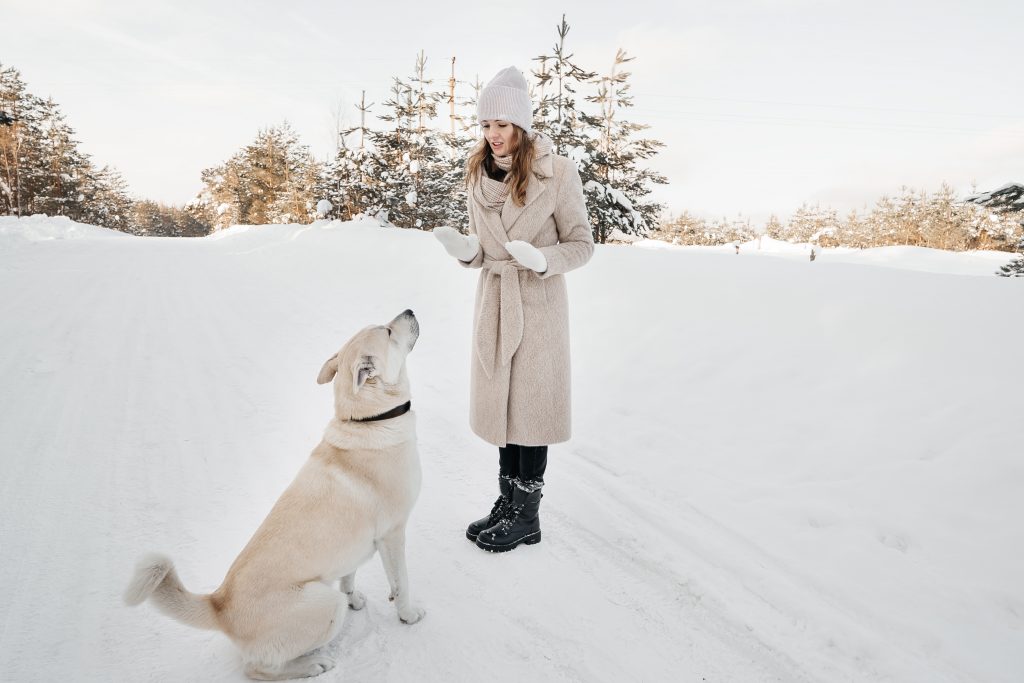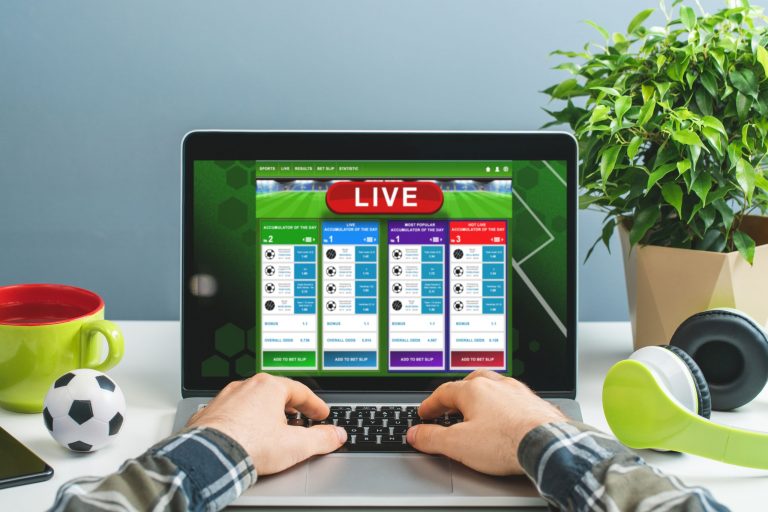
One of your main goals as a dog owner is to make sure your furry friend always comes when you call. You should be able to count on your dog to come when you call them, whether you’re trying to keep them safe or just want to talk to them better. In order to reach this goal, you should build trust and good feelings with your dog. You can teach and strengthen your dog’s reliable memory that it needs to stay safe and sound by using positive feedback, avoiding negative associations, and making training fun and interactive. This article will talk about some easy ways to teach your dog to always come when you call it.
Start With Short Sessions And Basic Commands
It is very important to teach your dog the “come” word. To teach basic orders like “come” and “sit,” you should have short training lessons.
To train a dog well, you need to keep things simple, clear, and consistent. When you train your dog, use clear, simple directions every time. This will keep your dog from getting confused and help it understand what you want.
Do short workouts three times a week, or twice a day, for no more than fifteen minutes at first. Dogs can only pay attention for short periods of time, so short lessons work better. Your dog might get bored and lose interest in training if it goes on for too long.
When teaching your dog simple orders like “come,” make sure to keep him or her excited at all times. When you give the order, use a friendly, happy tone. Also, don’t forget to give your dog treats, hugs, and praise for good behaviour.
Consistency is the key to good order training. Always speak in the same tone of voice and be constant with how you act and what you praise them for. Your dog will learn the routine over time, and the “come” order will become natural to him.
Remember that it takes time and patience to train. Start with easy orders and work your way up to more difficult ones. You can teach your dog simple rules and make it a better pet if you are patient, persistent, and consistent. Start today and have fun with your pet!

Keep Sessions Fun And Playful
Staying fun and relaxed during training is very important if you want your dog to learn how to obey your orders. When students aren’t interested or engaged, they may lose drive and stop paying attention in class. What follows are some ideas to make training your pet more fun and enjoyable for both of you:
- Use Playful Games: Adding fun, playful games to your training sessions can help keep your dog interested and excited. To keep things interesting, have a friend over with their dog for a play date or a game of hide-and-seek.
- Keep sessions short. Because dogs can’t pay attention for long periods of time, training sessions that are shorter and happen more often usually work better. Based on how focused your dog is, keep your lessons to 10 to 15 minutes at a time.
- Use a Variety of Toys: To keep your dog interested in training, try using new toys and switching them up. Play with your dog by giving it different toys, like balls, ropes, or plush toys.
- Use high-value prizes, such as beef liver or other tasty treats, during training lessons. Also, give lots of praise and love verbally. With these treats, your dog will want to come back for more training lessons.
Fifth, use tricks: teach your dog new tricks, like “roll over” or “play dead,” to keep them interested in training. These kinds of tricks can also boost your dog’s confidence, which can help them form a good connection with training sessions.
A fun thing that you and your dog can do together is train your dog. Make sure to keep things fun and light by using new toys, playing games, giving high-value treats, and teaching new tricks. This will keep your dog interested and driven, and they’ll look forward to the next time they get to train with you.
Use Eye Contact And Positive Reinforcement Techniques
One of the most important tasks you can teach your dog is to come when you call them. But it takes time, work, and the right methods, just like any other kind of training. Making eye contact and giving good feedback are two of the best ways to help.
A strong way to improve the bond between you and your dog is to look at each other. Make eye contact with your dog. This lets them know that you are paying attention to them and makes them feel closer to you. Dogs like to be with other dogs and enjoy social interactions like making close eye contact. Making eye contact with your pet can also help you trust them, which is very important when you’re training them.
Another basic method used to train dogs is positive reinforcement, which means giving your dog treats for good behaviour to get it to follow your directions. For example, if you want to teach your dog to come when you call it, you can use a tasty treat or a high-value prize like beef liver to get them to do it again. Positive feedback and eye contact are two things that can help your dog more easily follow your orders.
Recall cue words, like “come” or “here,” can also help with training. You can help your dog learn to associate certain words with the behaviour you want from them by using them regularly as recall cues.
This is also important to do in a quiet, distraction-free space, like inside the house or a fenced-in area. With a long flexible collar and a short one, you can give your dog some freedom while still keeping them under your control. That way, you can slowly add new tasks, like being outside where there are more things to look at, like other animals or busy streets.
Last but not least, don’t forget to have fun during your training. Games and toys can help keep your dog interested and busy during training sessions because dogs love to play. Adding some fun and helping to encourage good behaviour can be done by going for walks, playing with a toy, or playing tug.
Make Sure To Praise Your Dog When He Responds Correctly
Positive reward is a very important part of teaching your dog to come when you call it. It’s important to praise your dog when they do something right to keep them doing it and to boost their confidence while you teach them. You should show your pet friend love and excitement when they come back to you after you call them. This will let them know they did the right thing.
Your dog will learn that good behaviour is rewarded with good things when you use positive feedback. Giving your dog praise is a good way to use positive feedback, which makes them want to do what you want them to do again. If you praise your dog for coming back to you, they will learn that doing what you ask is a good thing that gets them treats.
Praising your dog also helps them feel better about themselves, just like positive feedback does. Dogs that get lots of praise while they are being trained are more sure that they can do what you ask them to do. Knowing that you’re proud of your dog’s work will make them more eager, focused, and determined to come back to you.
Make sure to use high-pitched, happy tones to let your dog know they did a good job when they come back to you after a recall. Do not use a harsh or angry tone, as this could make your pet friend not want to come back to you. You can also reinforce the praise with touch, like giving your dog a pet or a hug.
Avoid Negative Associations With The Training Process
This is important for how to train my dog to come when I call it: make the environment calm and upbeat. When you’re teaching your dog, don’t use a yelling voice or any kind of negative reward that could make them feel tense or nervous.
With a long leash and collar, you can make sure your dog stays safe and pays attention to the training. This will also keep any distractions from getting in the way of the exercise.
Make sure that your dog is well-fed, hydrated, and active before you start training. If you give your dog the care and attention it needs, it will be able to stay focused on the training and not be distracted by other needs.
When your dog does something good, give it with high-value treats and toys. This is called positive feedback. This will teach your dog to come when you call it and connect the return order with a good thing.
A good way to keep training lessons fun and short is to make sure that the dog doesn’t associate the process with something bad. This will make sure that your pet friend is excited about training and stays driven the whole time.

Conclusion
In conclusion, the most important thing about recall training is making sure that your dog always enjoys coming to you. Avoid making your animal friend feel bad about the process and give them a high-value treat or lots of love when they do it right. Include games and positive feedback methods in your training lessons to keep them short and fun. Teach your dog how important it is to look you in the eyes and give them praise when they do it. Don’t say the word again, keep the prize separate, and don’t show it before the reminder. You can teach your dog to come when you call it and set up a good return cue for any setting by using these tips.





